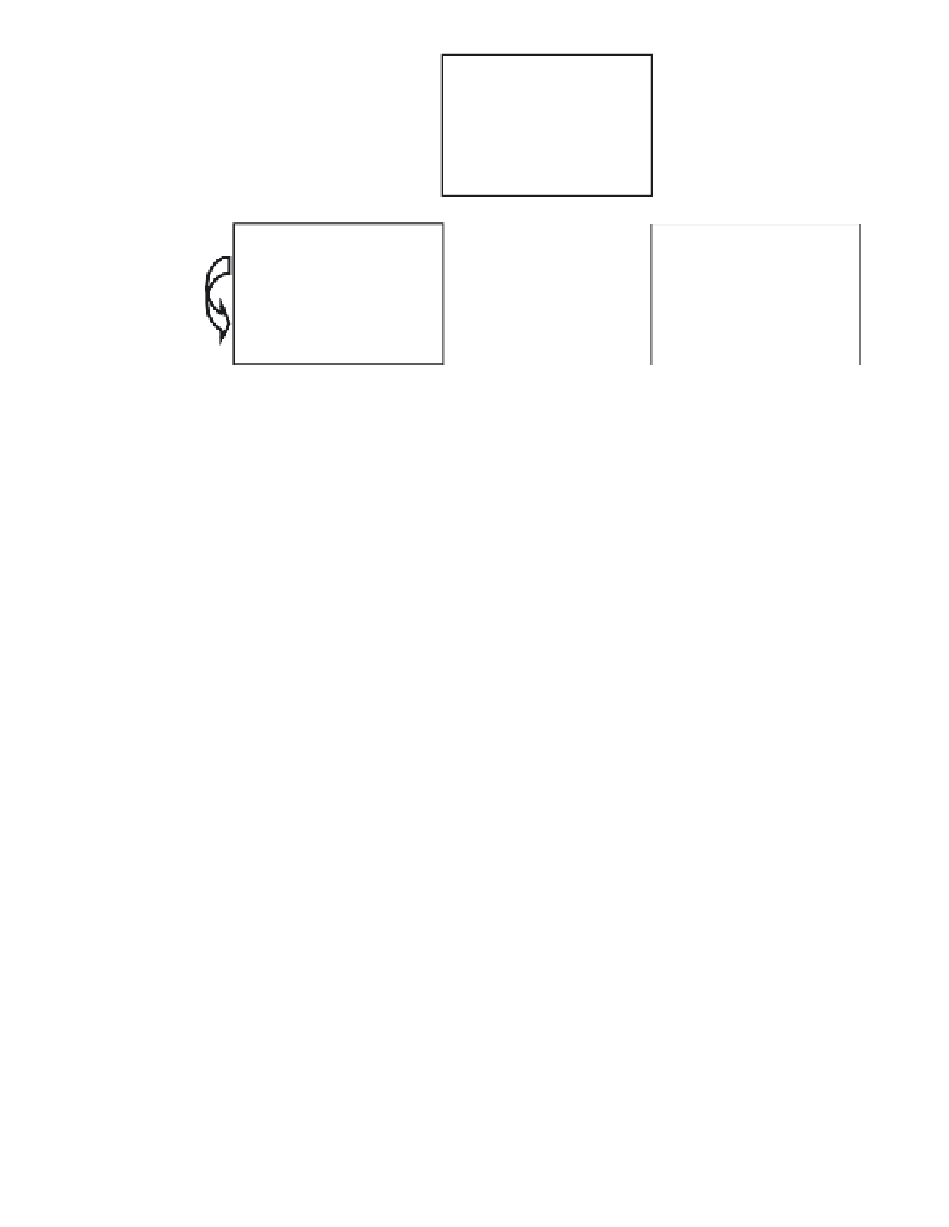Information Technology Reference
In-Depth Information
Figure 11.2
Influence of Computer Self-Efficacy
Behavior
Behavior Choice,
Performance
Effort/Persistence
Person
Cognitions
(incl. CSE)
Emotions and
Physiological States
Environment
use of technology (UTAUT). They argued that if the influence of CSE is mediated by other factors,
it is not necessary to include it in a model of technology acceptance. By contrast, we believe CSE
should continue to be included, at least in some circumstances. Eliminating CSE makes sense if
one's goal is prediction of behavior rather than understanding or influencing it. That is, if the goal
is to predict who will use a computer, it is most efficient to measure the proximal antecedents, such
as intention, perceived usefulness, etc. But if the goal is also to understand how and why a behav-
ior develops and to exert an influence on future behavior, then understanding the role of CSE (and
other less immediate antecedents) remains important.
Research involving CSE and anxiety has examined different directions of the relationship.
Staples et al. (1999) viewed anxiety as an influence on self-efficacy, while Compeau and her col-
leagues (Compeau and Higgins, 1995b; Compeau et al., 1999) viewed self-efficacy as an influence
on anxiety. In each of these studies, SE and anxiety were measured at the same point in time, so the
direction of causality is somewhat arbitrary. Johnson and Marakas (2000) demonstrate in an exper-
imental manipulation that anxiety is related to SCSE (for spreadsheets) and that the developed level
of SCSE is related to subsequent anxiety that exists throughout the performance. Consequently, con-
sidering the ordering of these variables is important and consistent with Figure 11.2, which demon-
strates the reciprocal relationship between anxiety and self-efficacy (Bandura, 1986). Furthermore,
Lindsley et al. (1995) argue that emotional arousal (including anxiety) is a key reason for the exis-
tence of efficacy-performance spirals, and that such spirals—through mechanisms like SE and
anxiety—become self-fulfilling prophecies.
Summary
Research in a variety of domains, and with a range of different populations, has shown computer
self-efficacy to exert significant influences on a variety of individuals' computing-related behav-
iors and other cognitions and emotions. Directly or indirectly, individuals' confidence in their
abilities influences the degree to which they use computers (given a choice), their interest in par-
ticular careers, the types of work-related tasks performed, and even their commitment to their jobs
when technology usage is required (and particularly salient). Individuals' confidence also influ-
ences their level of performance, both in learning and in task-performance contexts. Although









Search WWH ::

Custom Search